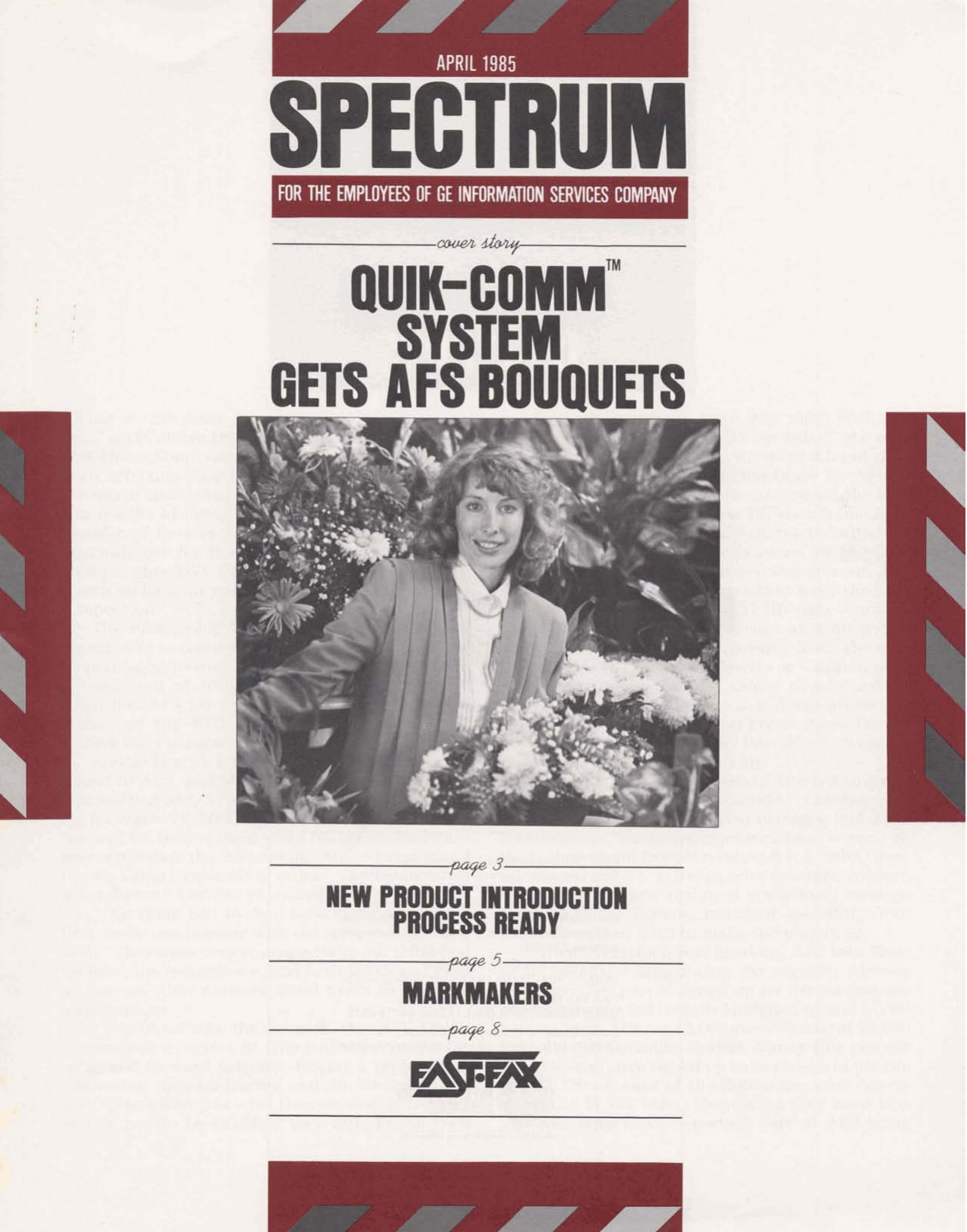Download Free Software Cybermation 700a Manual Transfer

Download Center; ViewNX 2; ViewNX 2. To others or electronically transfer the Manual from one computer. Using free Adobe® Reader® software. Download Adobe. 2i Plasma Cutter. Former Assets of WHIRLPOOL - pplauctions. Download Free Software Cybermation 700a Manual Arts. The CL-700A Series range is. Calsoft software which is free for download at omega.com/cl. NIST-traceable calibration, RS232C interface, and operator’s manual.
How to avoid the top 10 problems in plasma cutting: Practical tips you can use right now February 19, 2001 By: Attention to detail at the outset can save plasma cutting operators a load of trouble during production. The old adage 'measure twice, cut once' is as important for plasma arc cutting operators as it is for carpenters. Baotian Bt49qt 20b2 Manual Woodworkers.
The phrase could be reworded to 'inspect twice, cut once' for the plasma industry. Careful preparation, setup, and maintenance can alleviate many costly problems which operators encounter. Strategy The following is a list of remedies that may help operators avoid some of the most common problems encountered in plasma arc cutting. Replace Consumable Parts Regularly. Think about a car—changing the oil regularly is much less costly than replacing the car's engine. In the same way, replacing consumables regularly is much more cost-effective than replacing the torch. Primesetter Service Pdf File on this page. Using severely worn consumables can lead to uncontrolled arcing in the plasma chamber, which can cause torch failure.
What are the signs of spent consumables? Often, deteriorating cut quality is the first sign of worn parts. Visual inspection is important as well.
If a nozzle shows signs of oxide residue on the inside, or if signs of gouging exist on the inside or outside of the nozzle, it should be replaced. To tell whether an electrode is spent, check the pitting of the electrode element. Depending on the gas being used, the pitting should not be deeper than 3/32 inch for oxygen or air or 1/8 inch for argon or nitrogen. If the pits are deeper than these guidelines, it is time to change the electrode. Finally, if an examination of the gas swirlers reveals cracks, arc burns, or dirt or grease in the holes, the swirlers should be changed.